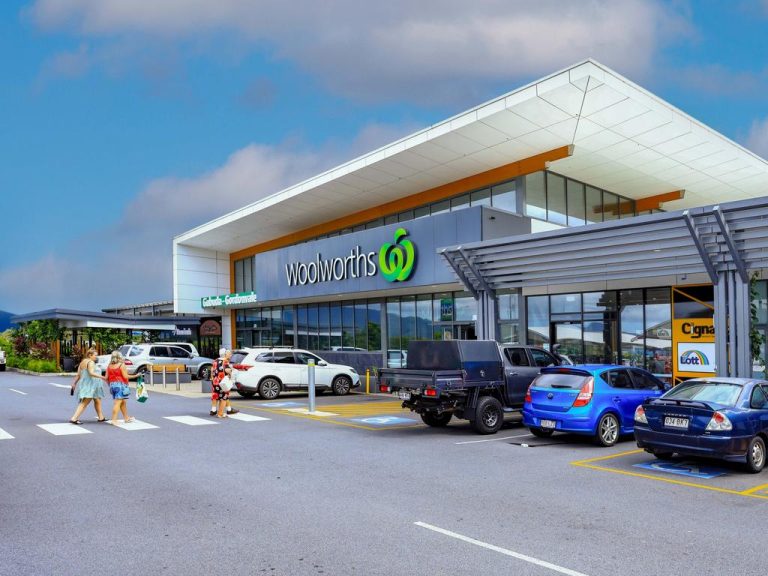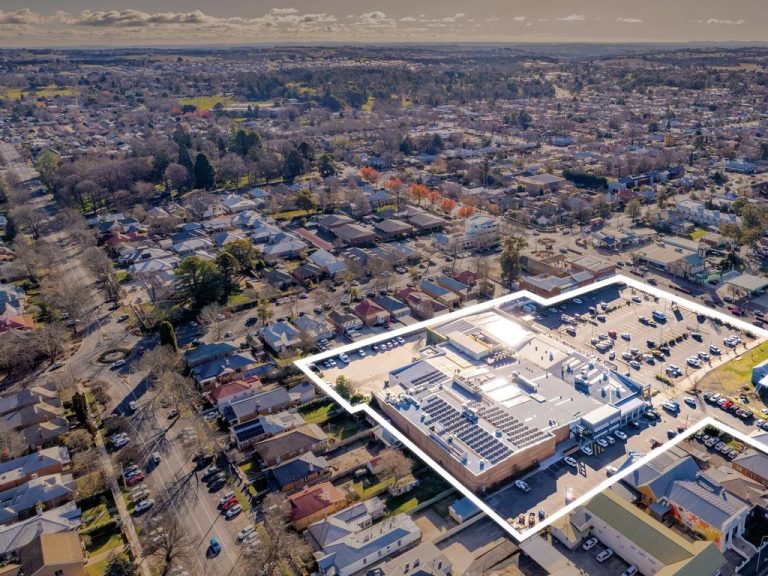Lenders chase alternative plays as traditional sectors sag

Childcare centres are increasingly popular projects for property lenders.
Property lenders are backing alternative assets over traditional office and retail properties because they offer more stable returns, as expectations grow of further valuation declines.
While there is just a flat overall appetite for new Australian property loans over the next three months, lenders are keen on data centres, healthcare, life sciences, childcare and self storage, according to real estate agency CBRE.
In the firm’s latest survey of 40 local and international banks and non-bank lenders, 37 per cent of respondents wanted to grow their loan book and 10 per cent wanted to decrease.
“The industrial and logistics sector has retained its mantle as the most sought-after asset class for debt investment, given the sector’s low vacancy rate and rental growth,” CBRE managing director of debt and structured finance Andrew McCasker said.
“However, we have seen a significant uptick in the appetite to lend on alternative assets following a marked increase in sales volumes and equity side investment appetite to build exposure to these emerging asset classes.”
He said the survey responses highlighted that the appetite to lend on office assets has continued to decline and now trailed retail.
“Sentiment towards the office sector has been compounded by a lack of sales evidence in the market to demonstrate a softening in yields,” Mr McCasker said.
“Until lenders have certainty as to the impact on values, they will continue to have a conservative view on this sector.”
CBRE associate director, debt and structured finance Will Edwards said the results gave some reassurance around the availability of debt capital for pending refinances, adding that these would take place on revised metrics and longer times.
“The survey responses indicate that more than half of lenders have less than 25 per cent of their loan book maturing in any given year from 2024 to 2026, with no indications of a significant debt-maturity cliff in Australia,” Mr Edwards said.
The survey results highlighted that commercial construction lending pre-lease requirements had split between industrial and office assets, and most had no pre-lease requirement for lending on industrial construction but a more than 60 per cent required a pre-lease for office building.
This could be a handbrake on new commercial projects as tenant commitments were hard to come by.
“This will start to play a role in office asset construction and redevelopment being pushed back or postponed indefinitely, except for well-capitalised landlords,” Mr Edwards said.







